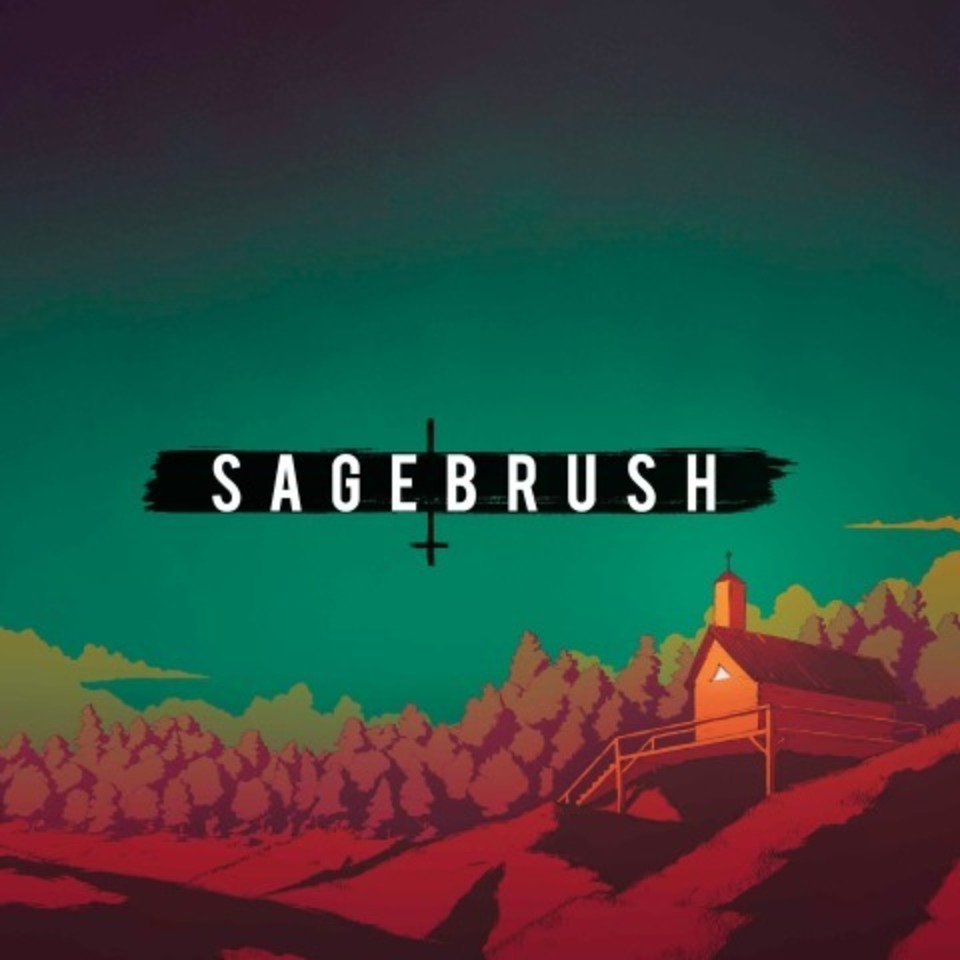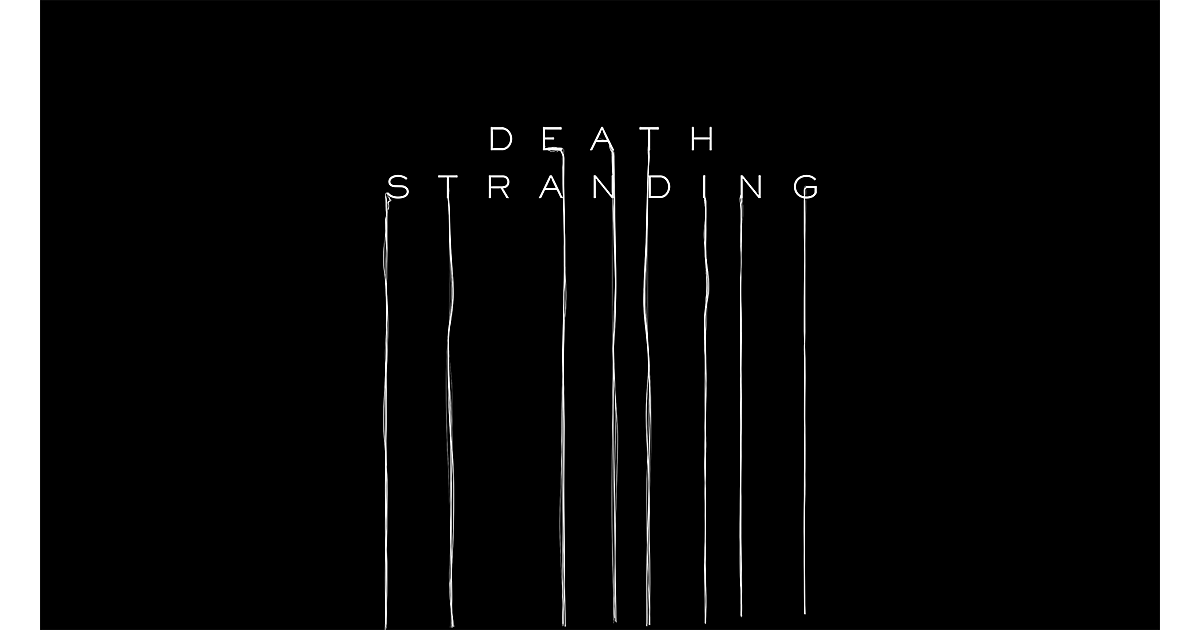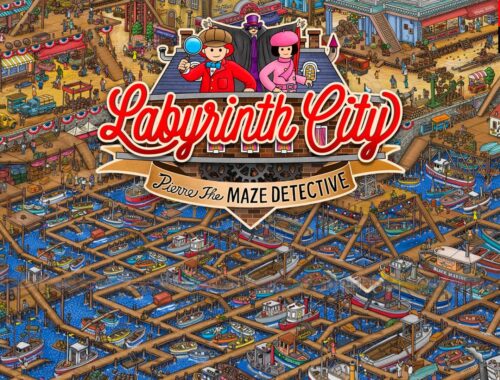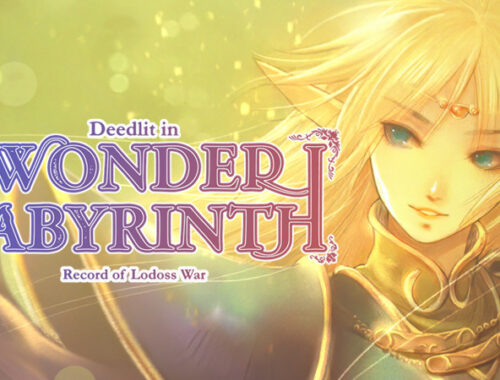Indie Corner Spotlight – Ricardo Cesteiro
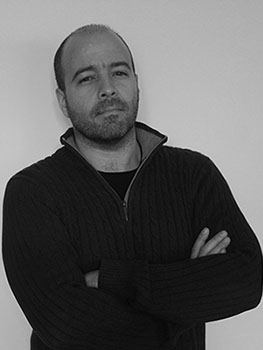
The next person to step into the Indie Corner Spotlight is Ricardo Cesterio from the Indie Dev Team, Camel 101. Ricardo and his team are currently showcasing their upcoming game, Those Who Remain, at Gamescom 2019. You can learn more about the game here, https://www.thosewhoremain.com/. Read on to find out why their team is called Camel 101, and the process the team go through when making a game.
How long have you been a developer?
13 years. Started way back in 2006.
How many years has your team been developing games?
13 years. It’s the same team since I started. We later opened up a new company in 2009, but with the same original team.
Who, or what, inspired you to become a games developer?
I started playing games very early, at 6 or 7 years old, so I grew up with a strong passion for video games. To be honest, I never really thought I would end up actually making games, as things were very different (and much more difficult) at that time. There was no internet, no online tutorials, and gaming systems were very limited, there were no game engines, etc.
Eventually, I started working in IT, but the passion for video games was always there. So in 2005, I started working with my brother on a hobby project (a 3D C++ OpenGL engine), and we submitted it to a game development contest that took place in Portugal, in 2006. We won the “best game” award and started looking at game development in a more serious tone. Shortly after, we decided to try this for a living, and here we are today.
What was the inspiration for your team’s name?
Our first company was called Camel Entertainment. Why camel? Camels look cool with sunglasses 
Describe a typical day in the life of an Indie Development Team.
Our team is spread around the world, so all our work is remote – our office virtual. Working remotely is a challenge, and the different time zones certainly don’t help. This means that we need to have all our tasks very well organized and prepared so that no one stops while waiting for input from another team member. In fact, we kind of turned this into an advantage: sometimes one team member is almost wrapping up the day when the others come online, so they’re able to pick up right where the other stopped. So our typical day involves a lot of skype (chat) and mails, and some tools to help organize the tasks and project development. One or two voice meetings/week and that’s it.
Can you describe the process/timeline of developing a game?
The first phase is creating a concept. We usually throw some ideas between us, until we agree on something that we should do. When we have a general idea, I start detailing and expanding that concept until we have a game design document. At this point, we need to have all the assets (or most of them) defined, so now the 3d artist picks up the concepts and definitions and starts creating assets and levels. Only then does the lead programmer come in, and starts assembling everything.
Here we go into cruise speed until we reach an alpha. When we have a solid alpha version, we start testing the game with focus groups. It’s important to know at this stage if the gameplay makes sense, if the difficulty is right, and most importantly if it’s fun. If something doesn’t work, we change it and test again until it does. When we’re done with this phase, and we’re sure that the game is solid, we start polishing, adding voice-overs, etc. Our projects typically take from 2 to 3 years.
How do you juggle all of the aspects of games development?
You really need to love it, and you also need to get out of your comfort zone. When we started, we had the notion that all that was needed was to make a cool game. It would sell itself, right? Then reality hit us hard, 1and we learned that there’s so much more to it. Marketing the product and the brand, building communities, gaining the community’s trust, biz dev etc. We’re a small team, so it really becomes a challenge. But we divide these tasks among us, according to each one’s preference and speciality.
What is your ambition as an Indie Developer?
Build a sustainable company with a bigger team (but not too big) and create cool games that people will enjoy and remember.
What advice would you give to someone who wants to get into the games industry?
Be persistent and build stuff that you can show. Demos, Game jams, small projects, etc. It’s really important to show that you can actually build things and finish them. I don’t mean complicated projects – simple games with simple mechanics will do. If you’re an artist, draw stuff. Show what you’re capable of. Meet the local developers in your area. Many places nowadays host game dev meets or similar events. These are a great way of getting to know key people in the industry and making good contacts.
Where do you see gaming heading in the next decade?
We’re still a relatively young industry, with a lot of drastic changes taking place since its inception. One of the reasons is that we’re going hand to hand with the technology advances – which is also one of the reasons that make this industry so exciting. So one of the things that will surely happen in the next decade is the rise of new platforms. We’re starting to see voice-only games for virtual assistants, so anything’s possible. When tech brings new things to the table, it always opens new possibilities for game devs. We’ll probably see some markets gaining more importance, with the increase of the local spending power, and more digital platforms entering the game for online PC distribution.
I’d like to thank Ricardo for giving up his previous tome to take part in the Indie Corner Spotlight Interview. If you, or your team, would like to feature, please get in touch.
You can add their upcoming game, Those Who Remain, to your Steam wishlist by using the link below.

